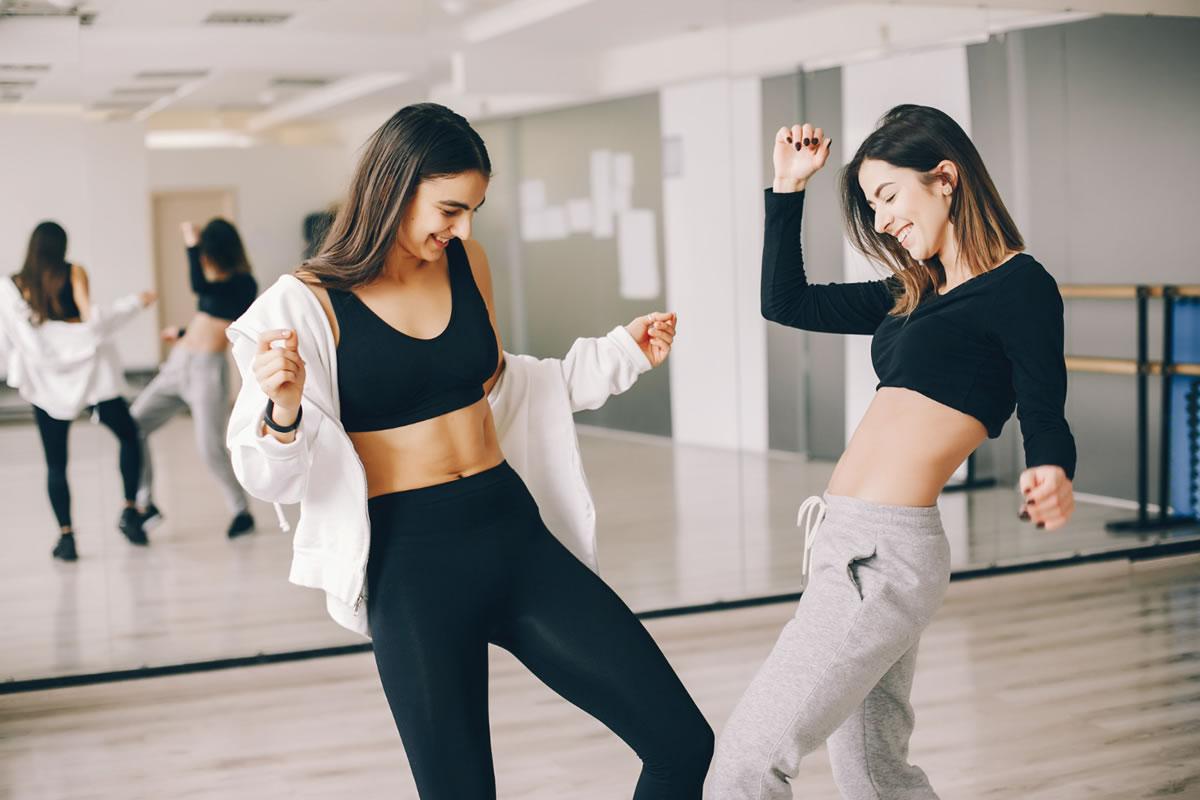The Art of Dance: Expression, Culture, and Modern Influence

Dance has always been more than just movement; it is a language of the body that transcends words. From traditional folk dances to contemporary performances, dance has connected people, expressed emotions, and celebrated culture for centuries. Today, the dance niche is expanding faster than ever, influenced by global trends, technology, and even unexpected industries that find their way into the world of creativity and performance.
Dance as a Universal Language
Across cultures, dance has served as a bridge between people and traditions. In Africa, dance is deeply tied to rituals and storytelling, while in India, classical forms like Bharatanatyam and Kathak blend expression with spirituality. Latin American dances such as salsa and samba emphasize rhythm, connection, and joy, while modern hip-hop and street dance give voice to youth culture and individuality.
Dance does not require translation. A movement, a rhythm, or a gesture can convey happiness, sorrow, rebellion, or love without a single spoken word. That universal quality is what keeps dance alive in every generation.
The Role of Technology in Dance
Technology has given the dance world a new stage. Platforms like YouTube, TikTok, and Instagram have made it possible for dancers to reach audiences across the globe instantly. Viral challenges, choreography breakdowns, and creative collaborations have elevated unknown dancers to international fame.
Beyond social media, technology also aids in performance. Lighting, visual effects, and digital backdrops bring a new dimension to stage shows, while online classes allow dancers to learn from experts anywhere in the world. This merging of dance and technology ensures that the art form continues to evolve with time.
Dance as a Lifestyle and Career
For many, dance is not just a hobby but a way of life. Studios worldwide offer training that transforms passion into profession, preparing dancers for careers in performance, teaching, or choreography. The entertainment industry—from music videos to Broadway productions—relies heavily on talented dancers to create unforgettable experiences.
Dance therapy has also emerged as a growing field, showing how movement can heal. By connecting the mind and body, dance helps reduce stress, boost confidence, and improve overall well-being.
The Fusion of Dance and Culture
One of the most exciting aspects of modern dance is fusion. Dancers experiment by blending classical traditions with contemporary styles, creating performances that are both respectful of the past and innovative for the future. Ballet can mix with hip-hop, flamenco can merge with jazz, and cultural storytelling can be reimagined with modern beats.
This openness to fusion makes dance a continually evolving art form. Audiences love seeing something familiar transformed into something fresh, while dancers thrive on pushing boundaries.
Global Influences and Unexpected Connections
Dance doesn’t exist in isolation—it is constantly influenced by what’s happening around the world. Fashion, music, and even lifestyle products intersect with dance culture. For example, brands that usually cater to lifestyle or leisure industries sometimes find their way into the cultural conversation of dance. A discussion about wellness might include references to trends like geek thc, while lifestyle-focused products like geek bar flavors or tech-inspired gadgets such as posh xtron often appear in cultural spaces where creativity and community overlap.
These connections show how dance sits at the heart of lifestyle, influencing and being influenced by various industries.
Why Dance Continues to Inspire
The power of dance lies in its ability to inspire. It is accessible—anyone can move to music regardless of skill—and it is empowering because it allows people to express their unique voice through rhythm and motion. From classrooms to concert halls, from cultural festivals to TikTok reels, dance continues to capture hearts across the world.
Dance also builds communities. When people come together to practice, perform, or even watch dance, they create shared experiences. This unity is what makes dance timeless and universally loved.
Final Thoughts
Dance is more than performance—it is culture, therapy, creativity, and connection. It evolves with society yet always holds on to its roots of expression and storytelling. Whether on stage or on social media, in classrooms or cultural gatherings, dance continues to influence and inspire the world.
By embracing both tradition and innovation, the dance niche shows us that movement truly is a language everyone can understand. And as long as people seek expression and connection, dance will remain one of the most powerful art forms on Earth.
- AI
- Vitamins
- Health
- Admin/office jobs
- News
- Art
- Causes
- Crafts
- Dance
- Drinks
- Film
- Fitness
- Food
- Giochi
- Gardening
- Health
- Home
- Literature
- Music
- Networking
- Altre informazioni
- Party
- Religion
- Shopping
- Sports
- Theater
- Wellness


